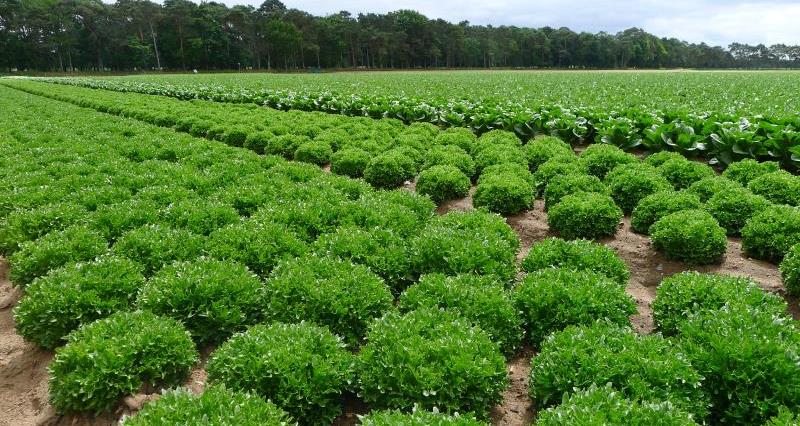All Environment Agency area offices across the midlands, south and east were represented at the meeting. They provided a comprehensive assessment of the picture in local catchments, complementing the well-known national outlook on dry weather impacts.
NFU Water Resources Specialist Paul Hammett, who chaired the meeting at Newmarket, described it as an excellent opportunity for farmer representatives to understand the how the Environment Agency monitors the condition of surface water and groundwater and how it engages with farmers when irrigation licence controls are necessary.
“Recent rainfall has provided some welcome short-term relief for farmers and growers but, so far, it is too little, too late to transform the longer-term situation,” he said.
“River flows and groundwater levels remain at below normal levels for the time of year in many areas. Without substantial rainfall in the weeks ahead, more farmers face the triggering of controls on their abstraction licences to curb their water use. Fortunately, farmers who have invested in reservoir storage will be in a good position because their reservoirs will be full.
“Although groundwater levels are below normal, few restrictions on irrigation from our aquifers are anticipated this year. But while the impact of one dry winter may be modest, farmers are already concerned about the possibility of a second dry winter that could leave them with empty reservoirs and facing widespread controls on groundwater abstraction in 2018.
“Clearly there is a long way to go before that could happen, but the Water for Food group will be taking steps to monitor developments and to start putting longer term contingency plans in place.”
The current situation across the Midlands, south and east is as follows.
Strategic overview
The current situation has been dampened by recent rainfall which has provided some immediate relief, but the underlying condition of surface water and groundwater has not changed
East Anglia
Despite recent rainfall, soil moisture deficits are already at levels normally found in June. Prospects for irrigation are ‘moderate’, and may change to ‘poor’ in some places depending on future rainfall. Aquifer levels are below normal but restrictions on groundwater abstraction are unlikely. ‘Hands off flow’ conditions on some surface water irrigation licences could be invoked during the summer but the use of statutory ‘section 57’ restrictions is not anticipated.
Lincolnshire and Northamptonshire
No major restrictions are expected. There are some useful ongoing discussions between the Environment Agency, public supply companies and the internal drainage boards about using specific rivers to keep public reservoirs topped up.
Thames
Recent rainfall has brought some short term relief but groundwater levels are expected to remain at below normal levels for some time.
Hertfordshire and North London
The clay soil aquifer towards London is at very low level with potential impact on surface water quantity and quality. The Environment Agency is maintaining close contact with owners of farm reservoirs. Spray irrigation is a minor use in the area – less than 5% of licensed volumes - but there is an important nursery sector that relies on trickle irrigation from boreholes.
Kent, South London and East Sussex
Exceptionally low rainfall has resulted in low aquifer levels with potential impacts on chalk-fed rivers which are supported by groundwater. Farm reservoirs are full but some surface water irrigation licences have already been constrained through ‘Hands off flow’ controls. Recent rain has allowed those restrictions to be lifted. The Environment Agency is working with the NFU to promote messages to farmers about saving water. There are particular concerns around the ‘managed water level’ marsh areas around the Stour and Romney, which have no natural storage and rely on Environment Agency transfers.
Solent and South Downs
The local situation has been helped by recent rainfall. Prospects for irrigation are moderate, with controls on irrigation from surface water sources possible by mid-summer, and some groundwater restrictions also possible.
East Midlands
Following long term below average rainfall, the limestone aquifers have dipped to below normal levels whilst different parts of the Sherwood sandstone are at normal or below normal levels. No controls are expected to be introduced on groundwater abstraction. ‘Hands of flow’ constraints have been introduced on a number of surface water irrigation licences, but recent rainfall has allowed nearly all of these restrictions to be lifted for the time being.
West Midlands
Reservoirs are full and groundwater is at normal levels, but rivers have been notably low, and exceptionally low in some cases. Rivers have responded well to recent rainfall. ‘Hands off flow’ controls will inevitably to be introduced on some surface water licences in the coming weeks.
